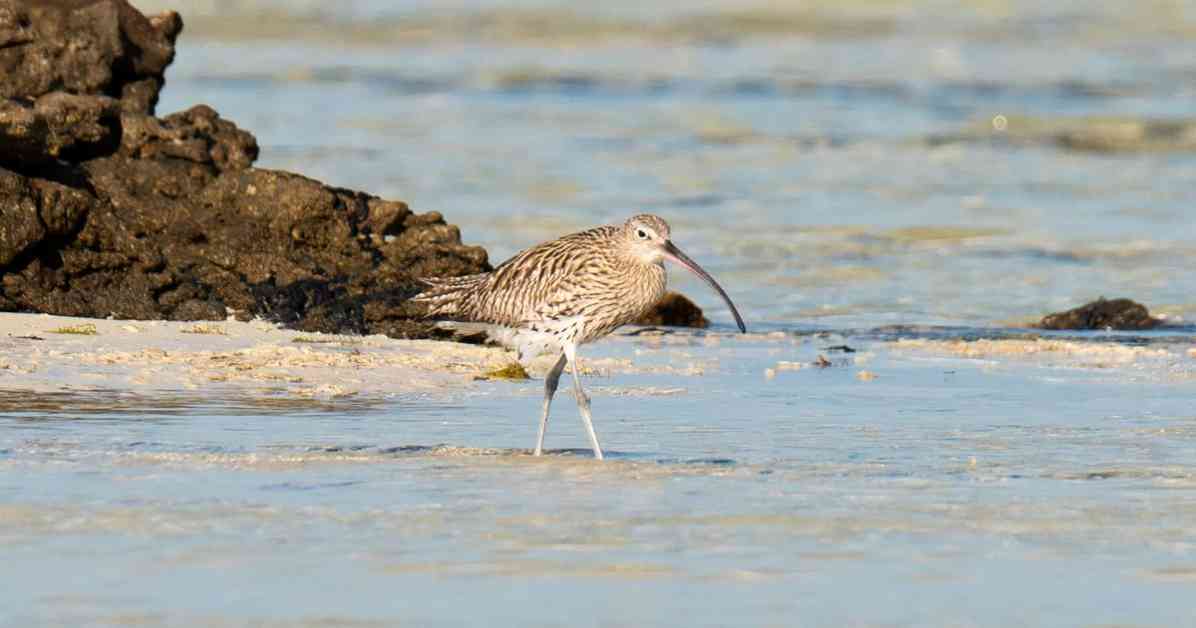A bird species, the slender-billed curlew, which was believed to be extinct for nearly 30 years, has been rediscovered by a coalition of conservation groups. This migratory shorebird used to breed in western Siberia and migrate to the Mediterranean in winter. The last confirmed sighting of the slender-billed curlew was in February 1995 in Morocco, leading to the assumption of its global extinction. Although the International Union for Conservation of Nature (IUCN) has not officially declared the species extinct, conservation groups have conducted extensive searches across its breeding and non-breeding ranges without success.
The recent analysis published by scientists from the RSPB, BirdLife International, Naturalis Biodiversity Centre, and the Natural History Museum used statistical analysis of threats to the species to assess the likelihood of extinction. Their findings suggest a 99.6% chance that the slender-billed curlew no longer exists, with a high probability that it went extinct around the time of the last confirmed sighting. This rediscovery serves as a stark warning about the urgent need to address the loss and degradation of inland grasslands and wetlands, which are crucial habitats for many bird species.
Nicola Crockford, a principal policy officer for the RSPB, emphasized the devastating impact of the potential extinction of the slender-billed curlew on nature conservation efforts. She highlighted the importance of preserving species like the Eurasian curlew and black-tailed godwit to prevent further extinctions. Graeme Buchanan, head of international conservation science at the RSPB, noted the delicate balance in declaring a species extinct, as premature declarations could undermine conservation efforts while delayed action may waste resources.
The causes of the slender-billed curlew’s decline remain unclear, but potential factors include habitat loss due to agricultural activities, the destruction of coastal wetlands, hunting, pollution, disease, predation, and climate change. Dr. Alex Bond, a senior curator at the Natural History Museum, warned that the extinction of bird species could become more common as climate change progresses. He stressed the importance of addressing climate change, habitat destruction, and pollution to protect bird species both domestically and internationally.
The rediscovery of the slender-billed curlew serves as a reminder of the fragility of ecosystems and the urgent need for conservation efforts to protect endangered species. It underscores the interconnectedness of global ecosystems and the impact of human activities on biodiversity. As efforts continue to monitor and protect vulnerable species, it is crucial for governments, organizations, and individuals to work together to preserve the diversity of life on Earth.












